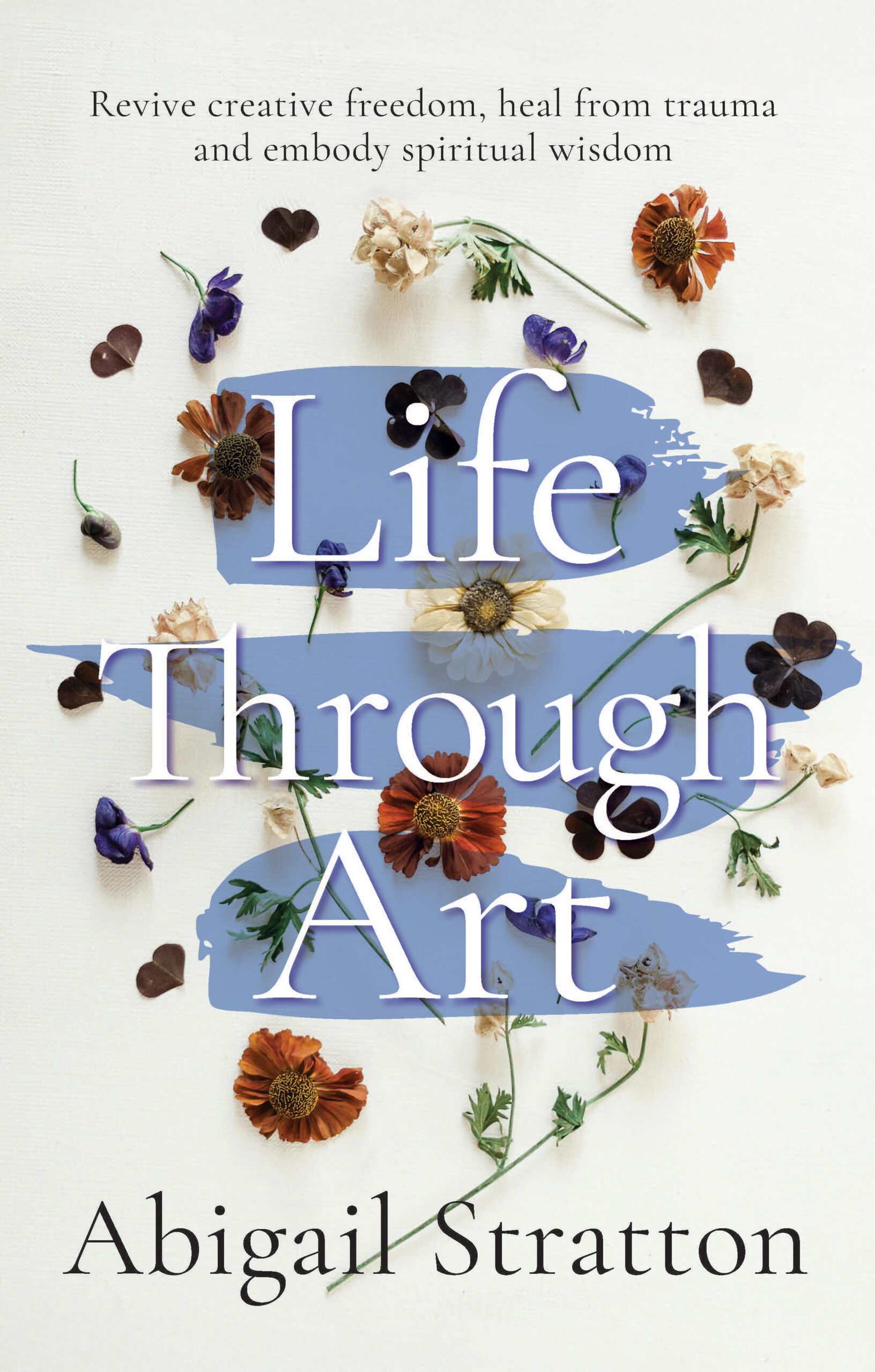JOHN WELFORD WAS born in Nairobi in 1946. His mother was a Scots South African from Cape Town. His father was English, from Lymm in Cheshire, but he had been working in Kenya since he was 18. They met in Nairobi during World War 2 and married in January 1944.
John and his brother were brought up on farms in Kenya until the 1952 Mau Mau uprising in Kenya. Because of their farm’s proximity to terrorist hideouts, John’s parents made the difficult decision to send their boys to England. It was a 2 day flight on a Handley Page Hermes. They were met by their Aunt Alice, their father’s sister.
For the next four years they lived with their Auntie and Granny and went to school in South Devon, going back to Kenya for a Summer holiday only once in that time. When they finally returned to Kenya, John and his brother had to go to boarding school in Nairobi from when he was ten until he left school, eight years later.
Then followed another sojourn in England, studying for a B.Sc. During that time he learnt to sail and then became a sailing instructor in his vacations. A trip to Canada – picking tobacco in Ontario – earned him enough money to go back to Kenya for Christmas 1968.
He found a job teaching Maths and Science at a Prep School in Kenya and did that for 8 years at two different boarding schools. He met a young lady from Geelong, Australia, who came to teach at his school and they got married at Morrisons, near Meredith, in 1976. He has lived in Victoria ever since.
Because he had no teaching qualification, John spent the next five years tuning cars, having bought the franchise for Geelong from Home Tune.
In 1981, He went back to teaching (with Permission to Teach) at Geelong Grammar School. This meant having to teach full time, as well as gain a Diploma of Education at Melbourne University. He spent the next 20 years teaching at GGS, including 15 years at Timbertop, Geelong Grammar’s Year 9 campus near Mount Buller, in Victoria. It was an outdoor, physical life which he very much enjoyed.
John contracted pneumonia at the end of 1999 which later turned into Chronic Fatigue Syndrome and he spent 8 years recovering slowly from that. Since leaving Geelong Grammar he has worked part time at local Ballarat schools and became a mentor for troubled kids including two with Asperger’s syndrome.
He has also became a leader and facilitator for the Pathways Foundation which runs contemporary Rites of Passage camps for teenage boys, and their fathers or significant male mentors. The Victorian camps for boys are run on his property, in the bush south of Ballarat where he lives with his wife, Gaye. In his spare time, he still teaches sailing with Sailability in Ballarat, and he drives a ‘hot’ 50-year-old Peugeot 504 in rallies and autocrosses for fun.








